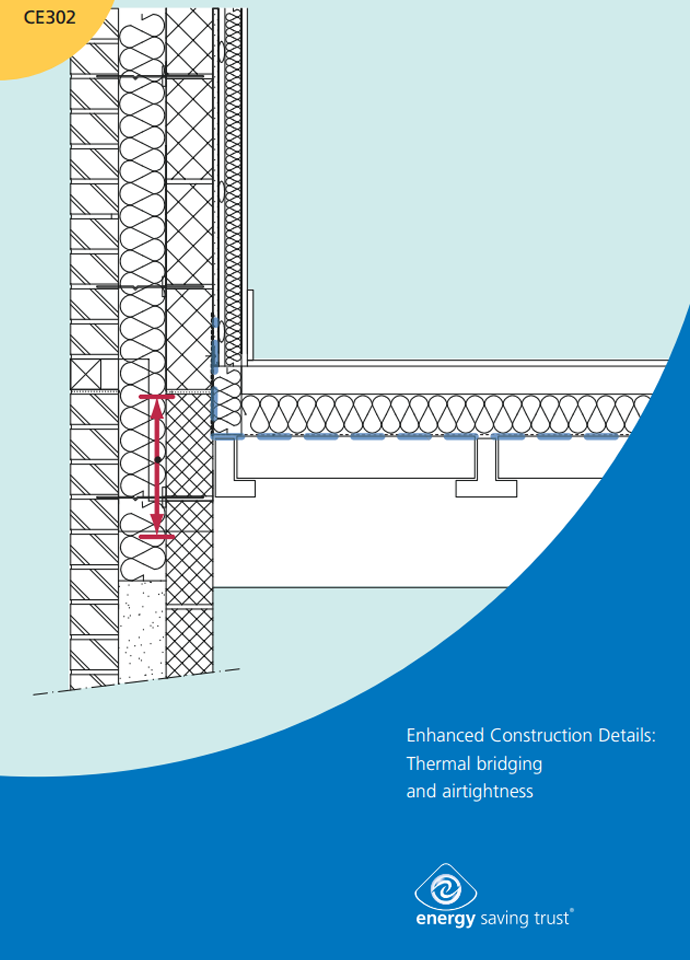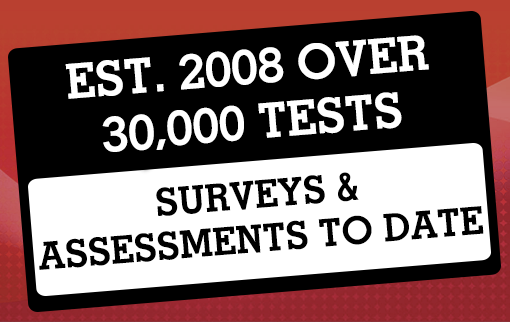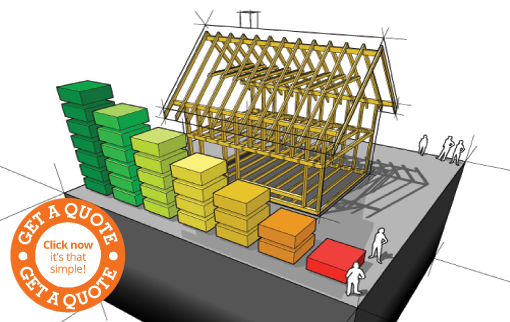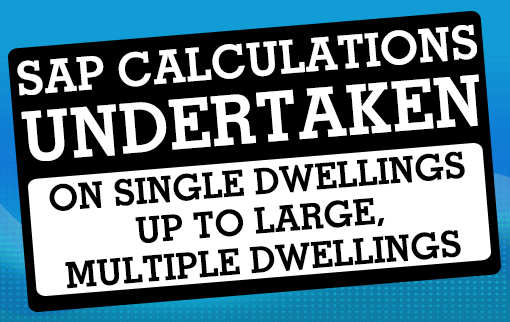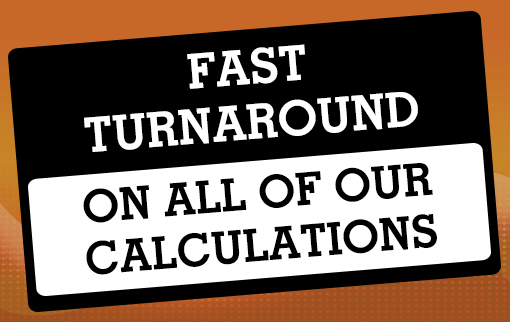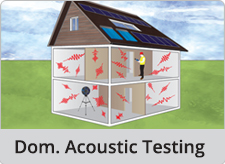Offices Nationwide

Sound Privacy
Privacy describes the perceived sound reduction across a wall, a function of both sound insulation and background noise...more

Point of Reference
10 dBA is the sound level of normal human breathing. To put it into perspective, thunder is a whopping 120 dBA...more
Thermal Bridging And Airtightness
Enhanced Construction Details

Hampshire - SAP Assessment - 0239 366 0106
The office that covers this area is: Portsmouth
The towns & cities that are covered within this county are:
Aldershot, Arlesford, Alton, Andover, Basingstoke, Bordon, Brockenhurst, Eastleigh, Emsworth, Fair Oak, Fareham, Farnborough, Fleet, Fordingbridge, Gosport, Hartley Wintney, Havant, Hayling Island, Hook, Hythe, Kingsclere, Lee-on-the-Solent, Liphook, Liss, Lymington, Lyndhurst, New Milton, Petersfield, Portchester, Portsmouth, Ringwood, Romsey, Rowlands Castle, Seaview, South Hayling, Southampton, Southsea, Stockbridge, Tadley, Tidworth, Totton, Waterlooville, Whitchurch, Winchester, Yateley,
Phone Number: 0239 366 0106 Email: hampshire@e2consultants.co.uk
SAP Calculations is sometimes referred to as SAP Conversion Calc, Part L1B Compliance, SAP Conversion Assessment, SAP Conversion Calculations, SAP Conversion Calcs, SAP Conversion rating.
Why Do I Need A SAP Calculation?
It is the responsibility of the builder to provide any On Construction EPCs when a home is constructed. This will also apply if a building is converted into fewer or more units (material change of use) and changes are made to the heating, hot water provision or air conditioning/ventilation services.
Any conversions or new dwellings need to have a SAP Calculation and Predicted EPC before any work can begin as outlined in Part L of Building Regulations in Hampshire in 2006.
You will need to provide information about energy efficiency in a Predicted Energy Assessment (PEA) if you are planning to sell the property before it has been built.
What Is A SAP Calculation?
A SAP calculation, the Government's Standard Assessment Procedure for Energy Ratings, is required to produce an On Construction EPC (Energy Performance Certificate) or a Predicted Energy Assessment (PEA).
A SAP rating represents the cost of energy required by a property over the course of a year with a score of 100 meaning there's no energy cost. This is calculated from lighting, heating, hot water systems, renewable technolgies used and the elements of structure. The higher the score, the lower the cost of running it.
How Is A SAP Assessment Undertaken?
The crucial information needed for the SAP software relates to the type of dwelling, floors, walls, the roof, windows, doors, lighting, renewable technologies, 'U' values, hot water and ventilation. With this, we can determine if a building complies with Building Regulations in Hampshire.
A SAP is done off-site but requires plans and drawings of the site in order to be calculated. Amongst other things, the SAP assessor will determine how good the thermal elements are in the floors and walls and how well heat passes through these elements - this is known as a 'U' value. A high 'U' value represents a high amount of heat lost - this is used in the SAP calculation.
Our other services include:
SAP Assessment can also be known as:
Domestic Carbon Emission Calc, TER DER Calculation, SAP Calc, SAP Rating, SAP Calculations, Domestic Carbon Emission Calculation, Standard Assessment Procedure, TER DER Calc,


Copyright 2025 E2 Specialist Consultants Limited
Company No. 06728970












